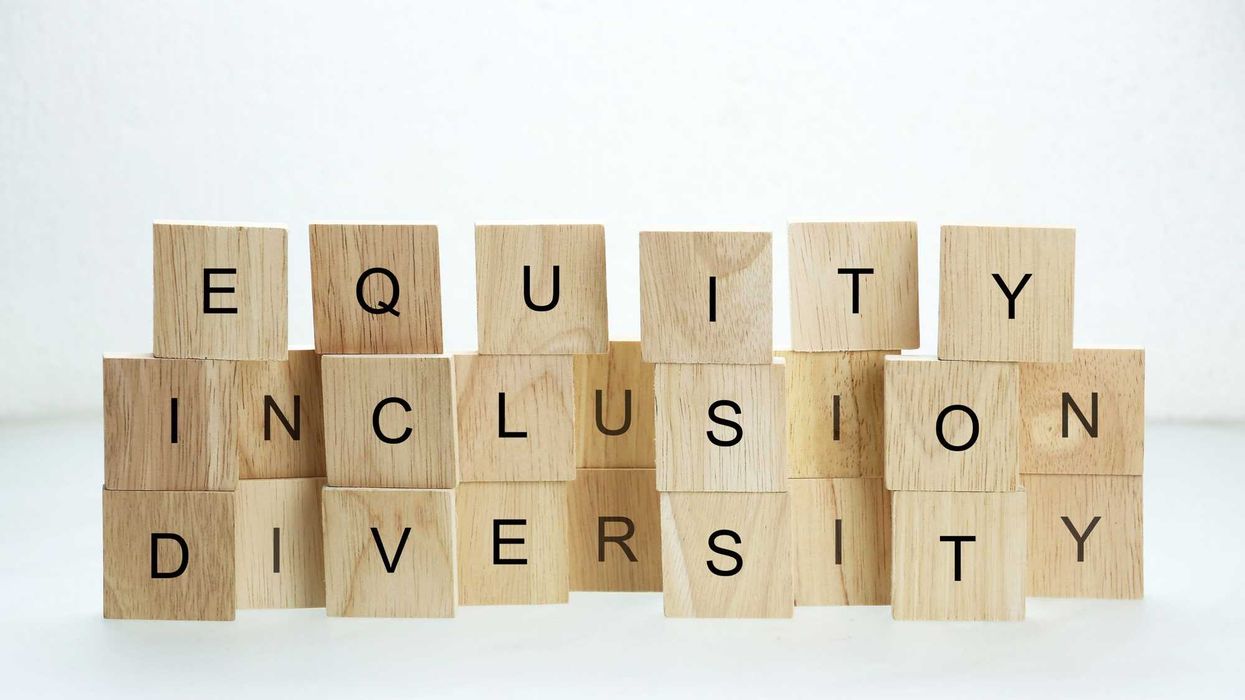Green is a Ph.D. candidate at the University of Florida and a member of scholars.org.
In the spring of 2023, Texas passed Senate Bill 17, known as the “anti-DEI law,'' prohibiting state-funded public colleges and universities from maintaining diversity, equity, and inclusion offices. Additionally, the law prohibits diversity training, soliciting DEI statements (signed commitments to uphold principles of inclusion) and use of “preferable treatment” based on race, sex, color, ethnicity, or national origin in matters like hiring or financial aid.
Institutions across the state braced for impact as the law came into effect on Jan. 1: Any campus that state auditors found in violation would have 180 days to make amends or risk losing funding. The effects of Texas’ anti-DEI legislation will take time to come into view but, for now, students and their families along with everyone who benefits from public higher educational institutions deserve to know what DEI initiatives actually are, why some policymakers have turned against them and what campuses stand to lose from their elimination.
What do diversity, equity and inclusion offices do?
To fully understand the potential effects of the new law, Texans should first know the purpose and role of the DEI offices that have been abolished.
Broadly, campus DEI offices work to promote an environment that is diverse and equitable, without bias or discrimination. To secure these initiatives, many higher education institutions that have DEI offices “ coordinate mentorships, tutoring, programs to boost the number of underrepresented groups in fields like science and engineering, and efforts to increase diversity among faculty.” DEI offices are also often tasked with ensuring higher ed institutions follow federal and state laws related to inclusion, discrimination, diversity, and fairness.
Examples from states across the political spectrum show the variety within campus DEI work: The University of Indiana Bloomington not only has specialized DEI leadership programs initiated by students and faculty, but also implements 14 different initiatives encompassing academic success, mental health and a variety of financial aid opportunities. Campuses such as the University of Michigan, University of Maryland and the University of Missouri provide resources for faculty to foster culturally sensitive dialogue in the classroom. The University of Kentucky DEI office builds and promotes organizations supporting first-generation, disabled and/or victimized students, as well as minority and LGBTQA+ students. Through DEI efforts, Boston University School of Medicine students worked to construct an anti-racism curriculum to ensure patients’ health equity.
Beliefs vs. reality
If the goal of DEI offices and initiatives is to create campuses that are more representative of their state populations and where Americans of all identities can equally see themselves as community members, then what are the arguments against their existence?
Some policymakers believe that this type of programming ironically restricts inclusion and promotes discrimination, possibly because it makes differences between identity groups more legible while seeking to rectify unequal educational outcomes across those groups. They also opine that the language and curricula used in some DEI initiatives and trainings teach “alternative narratives” of American history, and push the description of racism as not just an issue of interpersonal prejudice, but a built-in structural component of many U.S. systems and institutions (including higher education) that preserve benefits for white people at the expense of deserved gains for people of color.
But what does research say about the actual effects of campus DEI initiatives? DEI initiatives have promoted “ fair and equal treatment of people…and address historical discrimination of certain groups.” And while public opinion on DEI work tends to focus on programming for people of color and LGBTQIA+ groups, those same offices work to aid all underrepresented groups on campus, including veterans and people with disabilities.
While data is limited on how DEI efforts affect academic outcomes, research has shown that college students value the community these initiatives facilitate. One study of undergraduate and graduate students found that 55 percent would consider transferring to another university if DEI initiatives were abolished at theirs, and 59 percent stated they would reconsider enrolling at a university that lacked DEI initiatives. Hanover Research found that 54 percent of surveyed college students feel singled out by their identity, creating a barrier to a sense of belonging. Particularly for first generation and minority students, a sense of belonging is attributed to greater enrollment retention, persistence levels, grade point averages, mental well-being and long-term physical health. A recent study found that students of color have higher graduation rates when taught by diverse faculty — whose retention remains low across the academy.
Taking away supports that foster belonging and retain faculty of color could reduce important gains: Data show that historically marginalized populations who obtain higher degrees are more likely to earn more and less likely to face unemployment and negative health issues.
What Senate Bill 17 could mean for Texas
Texas is the sixth most racially and ethnically diverse state in the nation, with the highest population of African Americans and the second highest of Hispanic/LatinX-identified people. This is reflected in Texas public universities and colleges, where Hispanic/LatinX students have the highest enrollment rates and African Americans the third highest.
However, while minority students have higher enrollment rates than their white counterparts, those white students have higher graduation rates — a key marker of educational success and a predictor of future economic security. The absence of DEI offices and initiatives, particularly at predominantly white student-serving institutions like the flagship Texas A&M University at College Station, may result in decreased enrollment of students of color, veterans and LGBTQA+ students who will instead choose private or out-of-state universities that do offer DEI supports. And many students who make this choice may be forced to take on higher amounts of student debt — or put off or be dissuaded from attending college altogether.
While current research is still forthcoming, evidence we do have supports the assumption that abolishing DEI programming will result in greater marginalization of minority student populations as well as staff and faculty. Overall, by passing and enforcing this legislation, Texas is further imperiling the success of its minority student populations — and those effects on the reputation of Texas public colleges and universities and the workforce development and civic engagement they support may follow.



















